Santa Fe, Argentina
Santa Fe’s Western Urban Natural Reserve: Embracing The Hydroclimatics Risks
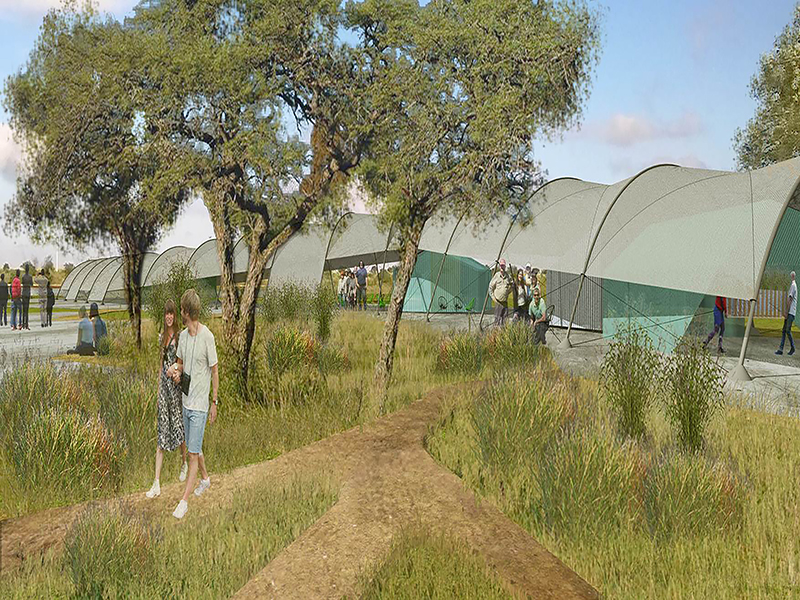
BASIC CITY DATA
Population size: 417,224
Population growth rate (%): 11.42
Surface area (sq.km): 268.00
Population density (people/sq.km): 162.00
Main source of prosperity: Trade
ABSTRACT
After two catastrophes, the overflow of the Salado River in 2003 and the heavy rains that causes a flooding in 2007, Santa Fe adopted Disaster Risk Reduction as a core policy, including it onto the development plan.
The Western Urban Natural Reserve (WUNR) is an innovative project incorporated in that Plan, which is currently underway and co-financed by the French Global Environment Facility.
It started in 2015, with the essential objective of transforming 142 hectares of reservoirs into a protected natural area. In this way, the reservoirs were incorporated into the system of Green Public Spaces in order to benefit more than 80,000 residents, promoting education and environmental awareness, improving the quality of life. Also it promotes economic and social development through labor training activities and advice for the reconversion of informal waste collectors, the creation of community orchards and the construction of a plants nursery for the restoration of this anthropized area.
BACKGROUND INFORMATION
This initiative is framed in the City Ordinance N°12179 named “Urban Natural Reserve and Climate Risk Management Project”, sanctioned in April 2015.
It is also part of the Santa Fe’s Resilience Strategy that describes the city and its relation to the surrounding rivers, some key data to understand our territory and risks, as well as the actions taken to mitigate them.
Also, it is based in the Disaster Risk Management Policy and the “Comprehensive Development Plan” (PUI - Integral Urban Program).
ORIGINS
The geographical location of the city of Santa Fe defines its particularities and conditions its development: it is located between the flood valleys of two rivers - Parana and Salado - with its cycles of periodic floods and rains. In this context, the west neighbourhoods face a double vulnerability:
Geographic: because people are settle in low areas next to the Salado River and have a higher flood risk.
Socioeconomic: because the city grew to the west without an orderly urban planning policy; therefore, the neighbourhoods didn’t have access to basic public services, with precarious housing and slums and around 350-400 people working as informal waste collectors and animal husbandry.
This initiative has a 48 month duration, during which it should:
Create the WUNR through: physical and legal delimitation, formalization of a west urban front, generation of new urban land for the relocation of families in flood risk areas and construction of access square, a nursery of native plants for environmental restoration and an administrative building to receive visitors.
Reduce flood riskthrough the deepening of reservoirs, the construction of a local risk management culture and the construction of a “Flooding Memorial”
Promote the socioeconomic development of informal waste workers, through urban orchards and more sustainable work initiatives.
The initiative include two major types of partnership:
Public-Public:
French Facility for Global Environment (FFEM) co-finances this initiative.
National University of the Litoral provides technical assistance.
University and City of Rennes (France) cooperate scientificly and institutionally.
Government of the Province of Santa Fe and National Government are part of the Advisory Council.
Public-Community:
Movimiento Los Sin Techo NGO and “The Flag of the Humble Cooperative” helps building homes for the relocated families.
Habitat & Development Foundation is part of the Advisory Council.
The global budget of this initiative is €3,247,612. About 30% of that amount is contributed by FFEM. This benefit is provided by The AFD (Agence Française de Développement). On the other hand, the human resources are provided by the Municipality of Santa Fe, using the municipality employees from the different Secretariats. Each one of these areas has technological and public management resources that are used to face different challenges.
INNOVATIVE ASPECTS
National and international experts have said that The Western Urban Natural Reserve is an innovative and outstanding initiative because it combines different dimensions such as education, poverty reduction, social exclusion with water resources management, sustainable management of the environment and natural resources and land organization. The comprehensive approach of socio-economic and environmental vulnerabilities of a specific part of Santa Fe, giving true value to one of the most important green lungs of the city and promoting the sustainable use of public spaces makes it a revolutionary initiative.
This initiative is not a specific intervention, but part of a specific program called PUI. This particular management tool was designed and implemented by Santa Fe City Council in 2008, following the example of Medellin, Colombia. The “West Integral Urban Program” (PUI) is intended to gather public resources available to reduce geographic and socioeconomic vulnerability from neighbourhoods in the west area of the city. The Western Urban Natural Reserve is part of this dynamic, adding the environmental dimension as a key element for the development of the risk management process and the socio-economic improvement of the community.
The implementation of this initiative faces some challenges:
the residents' appropriation of the project to make it sustainable. This challenge was being tackled through education, workshops, lectures, involving those residents from the west side of the city in different activities of the project.
increasing citizen participation and commitment with the project. Some surveys were conducted to hear the voices of the neighbours and to incorporate their opinions to the project.
a possible change of local government. To address this, in 2015, the City Ordinance N°12.179 declared the land area of the initiative as a Natural Reserve, including it in the Nature Reserve Systems of the city (City Ordinance N°12.025). Also, the initiative is an important part of the Santa Fe Resilience Strategy.
DESIRED CHANGE OR OUTCOME
At local scale, the initiative hopes to achieve:
complete delimitation of the WUNR and formalization of a western urban front and generation of new urban land: By now, there is 250 metres of street and creation of 29 lots (first stage) and in the near future 700 metres of street and 70 lots (second stage).
re-housing families in informal settlements: From 90 families living in the zone, more than 30 have been relocated into safe areas.
building 2700 square metres of access squares, a nursery and an administration building by the year 2019.
reduction of flood risk: 43,000 cubic metres were excavated to deepen the reservoirs.
development of a local flood risk culture: For that the city published two short books called “The City and the River” and “Live with the River”, and a “Flooding Memorial” will be built.
socio-economic development: Of 171 families living on the informal collection of waste, 106 already have a healthier and sustainable work.
The city of Santa Fe has developed a program called “How we go - Santa Fe” to build official indicators to monitor and evaluate the quality of life of local citizens. Some of the indicators that are measured with this initiative that are used in our project are:
number of informal waste collectors reconverted
number of families resettled
square metres of green space per inhabitant
Different tools have been applied to improve the results of the initiative:
communication: creation of a digital WUNR platform to provide information to the citizenship about the project and promote citizen participation
divulgation: presentation of the initiative in national and international conferences
alliances: signed agreements with strategic actors to achieve the objectives
municipal ordinances: policy support to protect the initiative
creation of an Observatory of Environment and Climate Change: with the UNL, to monitor the environmental quality of reservoirs and the hydroclimatic variables through measuring and the development of specific equipment and software.
Thanks to WUNR initiative, many of the initial conditions of the west neighborhoods have changed but the city still have to keep working. Thus, the city is committed and convinced that if it continues to work together with the entire community to achieve an inclusive, sustainable and resilient city make Santa Fe will be made a land of opportunities.
LEARNING ASPECTS
Santa Fe has become an example in terms of local public policies regarding to risk management, and has been international awarded for its capacity to learn from disasters in a resilient way.
From the WUNR other cities can learn:
how to improve the quality of life, the environmental conditions and the needs of the local population
how to promote citizen engagement, non-governmental and institutional involvement
how to build a special identity of the neighbourhood and a hydroclimate risk management culture
how to embrace living with rivers and water-related shocks
how to promote and revalue degraded areas for public use through environmental restoration
how to raise awareness and educate on risk management and climate change mitigations, and the importance of native flora and fauna
This initiative also includes a stage of international exchange and cooperation with cities around the world that faces similar challenges. France and countries from Africa are possible destinations for this cooperation. Furthermore we already have started a experience exchange program with Porto Novo (Benin) and Duala (Cameroon).
RELEVANCE TO SUSTAINABLE DEVELOPMENT GOALS
Goal 3: Ensure healthy lives and promote well-being for all ages
Goal 6: Ensure availability and sustainable management of water and sanitation for all
Goal 8: Promote sustained, inclusive and sustainable economic growth, full and productive employment and decent work for all
Goal 11: Make cities and human settlements inclusive, safe, resilient and sustainable
Target 1: Access for all to adequate, safe and affordable housing and basic services and upgrade slums
Target 3: Participatory, integrated and sustainable human settlement planning and management
Target 4: Safeguard cultural and natural heritage
Target 5: Reduce deaths and number of people affected by disasters with particular focus on the poor and people in vulnerable situations
Target 6: Improve air quality and manage municipal and other wastes
Target 7: Universal access to safe, inclusive and accessible green and public spaces, in particular of women, children older persons and persons with disabilities
Target 8: Support positive economic, social and environmental links between urban, peri-urban and rural areas
Target 9: Improving resource efficiency, mitigation and adaptation to climate change, resilience to disasters and implement holistic disaster risk management
Goal 13: Take urgent action to combat climate change and its impacts
Goal 15: Protect, restore and promote sustainable use of terrestrial ecosystems, sustainably manage forests, combat desertification, and halt and reverse land degradation and halt biodiversity loss
Goal 17: Strengthen the means of implementation and revitalize the Global Partnership for Sustainable Development
-
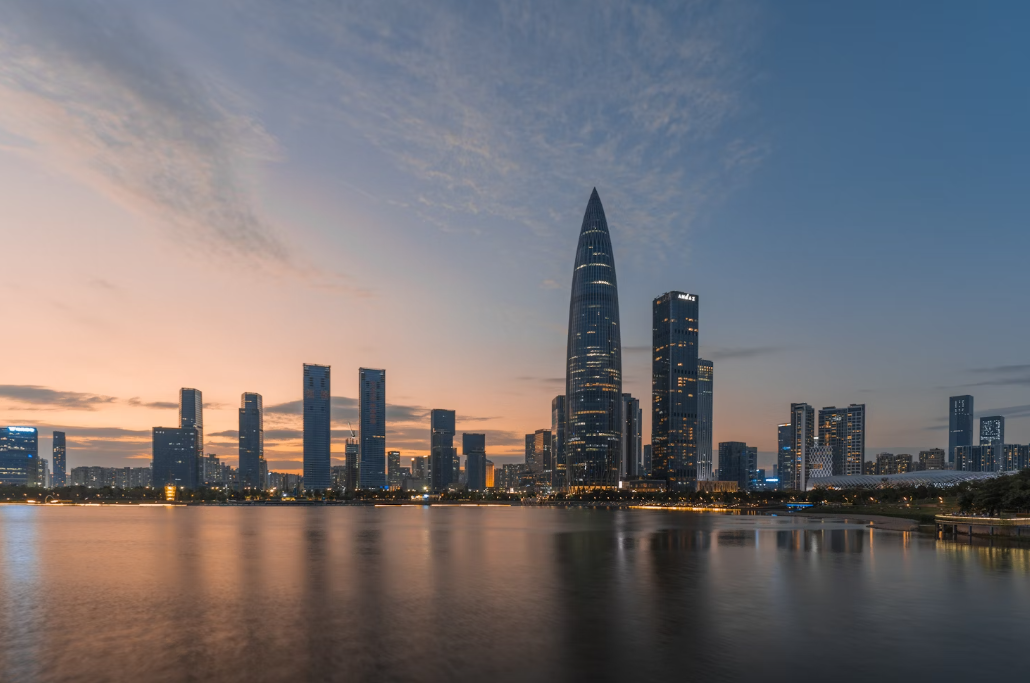 Urban Innovation in China | Shenzhen: How to Maintain Momentum to Achieve Carbon Peak by 2030 While Leading Green and Low-Carbon Development?
Urban Innovation in China | Shenzhen: How to Maintain Momentum to Achieve Carbon Peak by 2030 While Leading Green and Low-Carbon Development? -
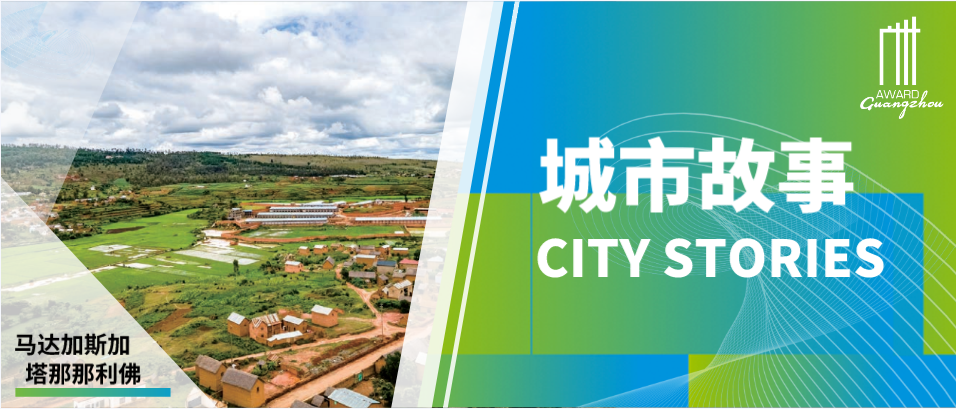 City Stories | Antananarivo, Madagascar: Building Resilience in the City Food System
City Stories | Antananarivo, Madagascar: Building Resilience in the City Food System -
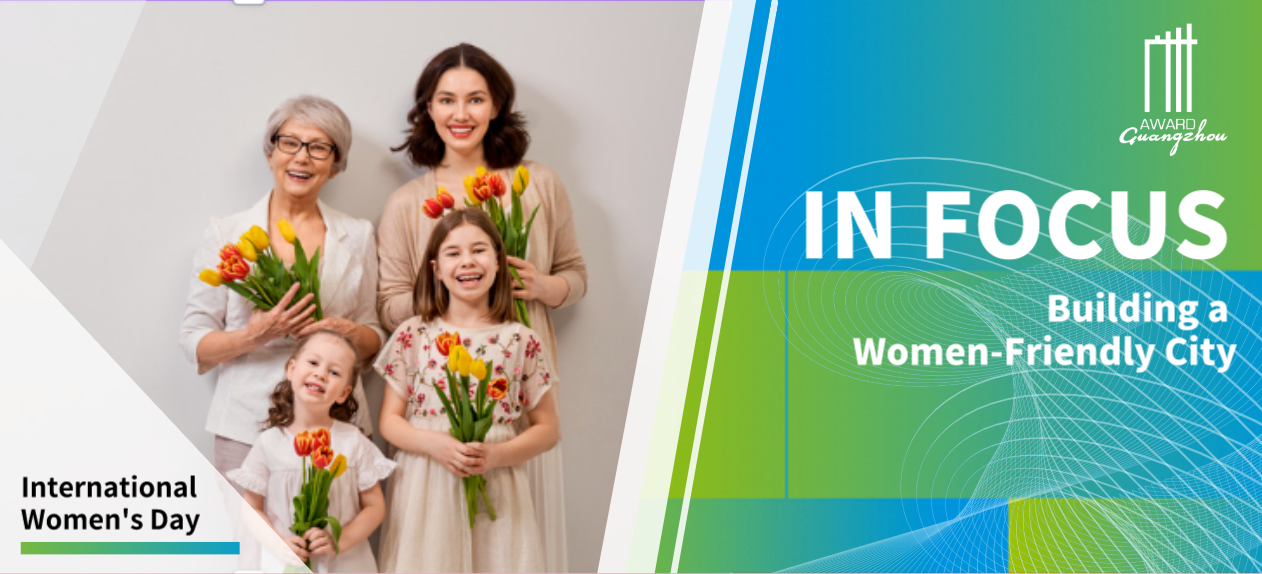 In Focus | International Women’s Day: Building a Women-Friendly City
In Focus | International Women’s Day: Building a Women-Friendly City -
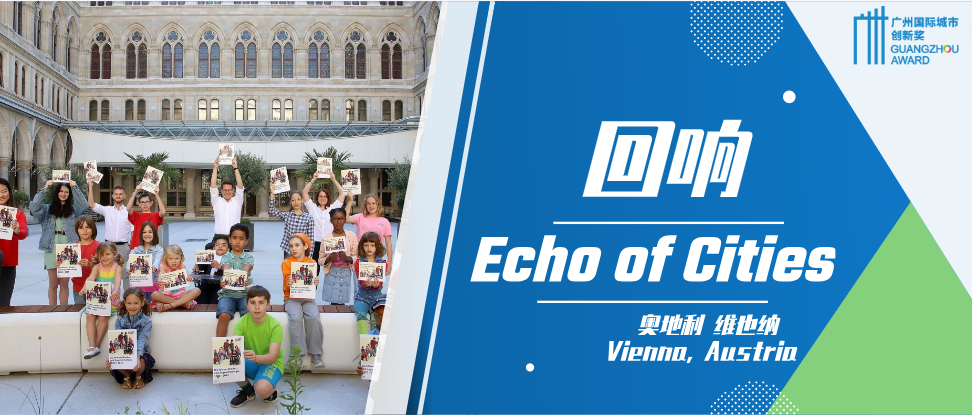 Echo of Cities | Vienna, Austria: The Youth Melody of an Ancient City
Echo of Cities | Vienna, Austria: The Youth Melody of an Ancient City























 Tel: +86 20 3780 4434
Tel: +86 20 3780 4434 Email: info@guangzhouaward.org
Email: info@guangzhouaward.org Address: Rm 1609, FuLiXinTianDi, No.307 Guangzhou Dadao Zhong, Yuexiu District, Guangzhou, Guangdong, 501600, PRC
Address: Rm 1609, FuLiXinTianDi, No.307 Guangzhou Dadao Zhong, Yuexiu District, Guangzhou, Guangdong, 501600, PRC




